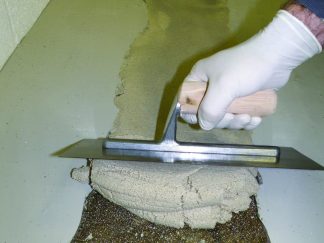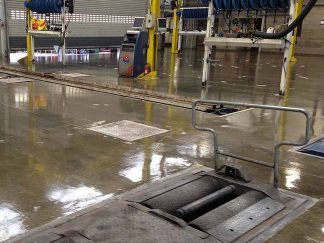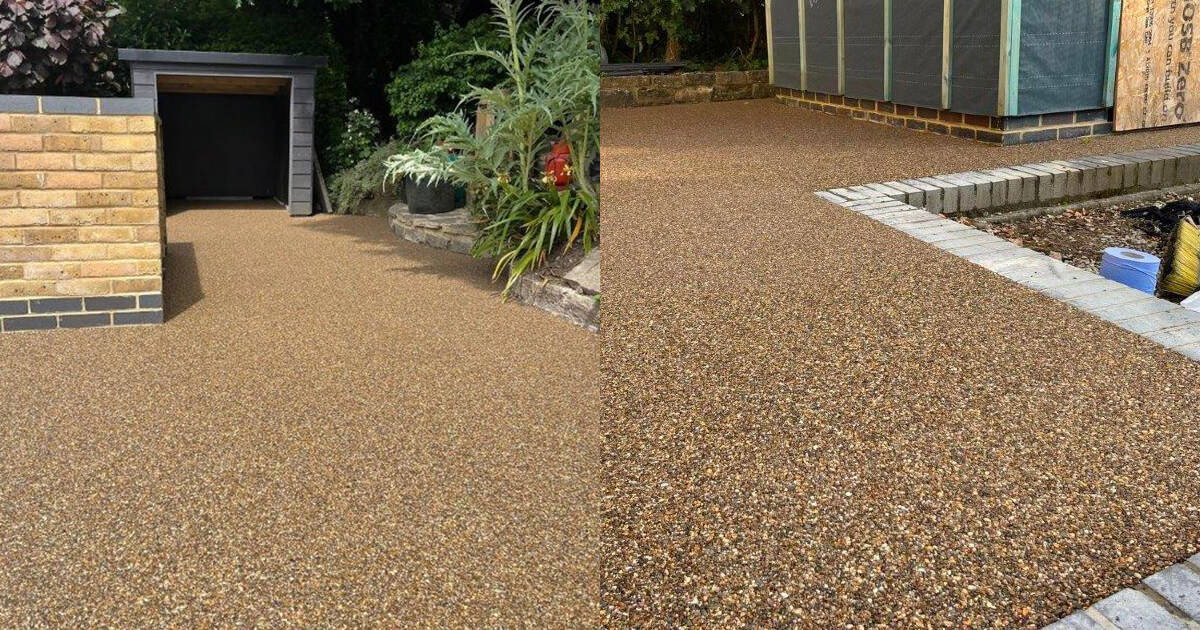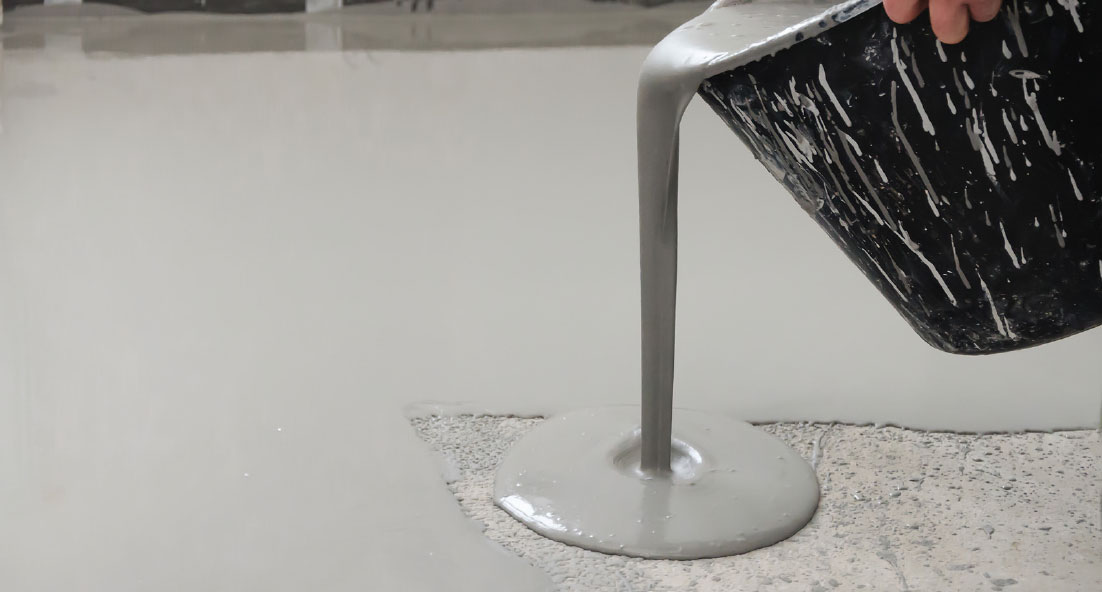OT Primer will seal dry or damp concrete surfaces impregnated with almost any oil or grease including animal, vegetable or mineral based oils. Its unique formulation can bind up to 15% water into the resin without any emulsion or bubble formation, enabling application to oil soaked concrete floors immediately after steam cleaning the surface. Any oil impregnation becomes locked into the substrate, reacting with the OT Primer to draw it down into the capillary pores.
Use on: Concrete
Use where: Internal
Typical industries: Engineering, workshops, warehouses, motor vehicle repair facilities and other industries where oil contamination may be present
Type of job: Preparation of an oil contaminated surface prior to over-coating
Approximate coverage: 4kg – 11-16m2
Special features:Water-reactive and oil binding properties, highly resistant to rear side soaking from both oil and water, can be applied to damp surfaces, solvent free
Pot life:30 mins @ 20oC
Application temperature:5oC to 30oC
Cure time:Initial cure 10 – 12 hours @ 20oC
Overcoat:Within 24 hours to ensure a good inter-coat bond
Number of parts supplied:2
Primer for:Polycote Flortex range of epoxy products
Colour:Straw-coloured and translucent
Please consult the technical data sheet for full technical product data.
Preparation:Thorough substrate preparation is essential.
The surface must be free of brittle particles and laitance. Any remains of previous coatings should be removed by means of scabbling, shot-blasting and/or diamond grinding. Oil and grease build up should be removed using high pressure hot water or steam jet, to fully expose the substrate.
Important: Free pores must be exposed to ensure good adhesion to the surface.
All water must be removed from the surface, leaving it damp but not wet. OT Primer™ may then be applied to the damp surface immediately after cleaning.
Mixing:
Add the whole of part ‘A’ to the whole of part ‘B’ in a suitable container, and thoroughly mix for at least 3 minutes. For best results use a slow speed drill with a mixing paddle, making sure all material from the sides and bottom of the container are thoroughly mixed in.
Ensure thorough mixing as an unmixed product will result in a poor or non-cure situation.
Application:
Apply by brush, roller, or squeegee, in one or more continuous applications until the material is absorbed and a film has formed. Make certain that the entire surface is completely covered to prevent oil or water migration. Oil or grease impregnated surfaces are best primed with a paint brush or soft sweeping broom, in order to ensure the primer is worked well into the surface. Allow to fully cure before the application of any further coating.
Whilst this is in fact extremely rare, it is important to note that if contamination is particularly bad, the substrate may require a further coat of OT Primer.
Re. Self-Levelling Cementitous Screeds. Should the intention be to pour a cementitous screed (Polycote Easi-Screed) over the primer, then it is important to broadcast kiln dried sand over the primer to ensure an intercoat adhesion is achieved between the primer and the screed.
Ensure Aggregate should be sprinkled evenly over the OT Primer whist it is still WET, at a rate of 1kg per m². (Spiked shoes may be worn to avoid disturbing the wet coating).
Allow to cure for a further 24 hours before removing any loose / excess aggregate from the surface, which is then ready to receive the desired Easi-Screed product.
Where dampness and/or oil contamination is of particular concern, it is advisable to seal the surface completely with one first coat of OT Primer and then to lay a second coat onto which the aggregate would then be applied. The reason for this is to ensure there is no ‘bleed through’, should any particles of aggregate penetrate the primer. (Whilst any such penetration is in fact extremely unlikely, some companies with strict requirements / constraints prefer the certainty of a 100% seal, prior to any aggregate being applied).
Should time constraints be limited, it is worthy to note that we do have a faster curing version of the OT Primer – see OT Primer XFH.
Finally, please be free to consult our Technical Department, who will be more than happy to help with any specific requirement / concern.
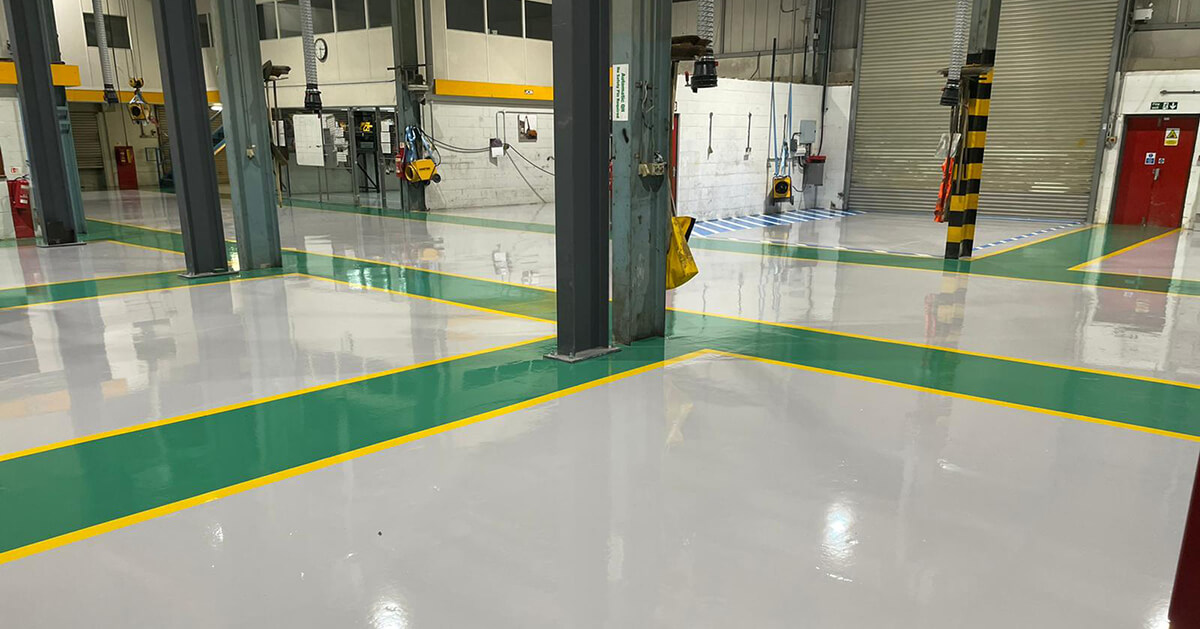
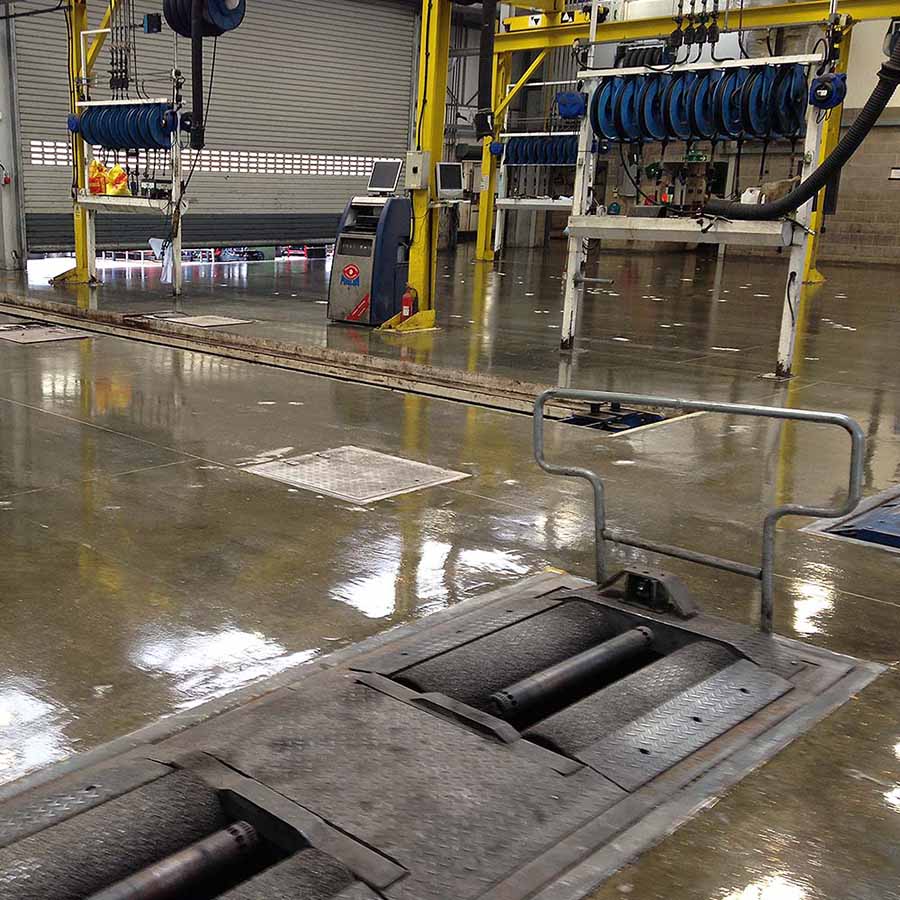
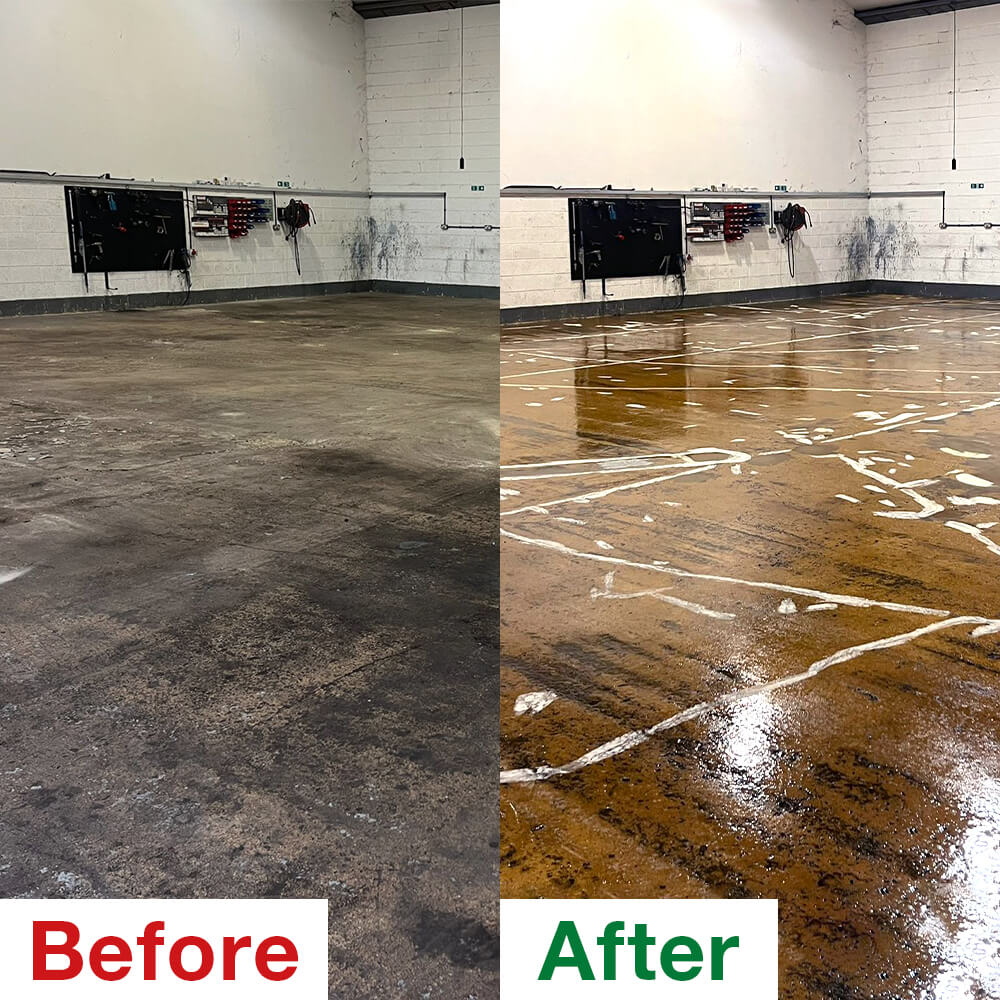
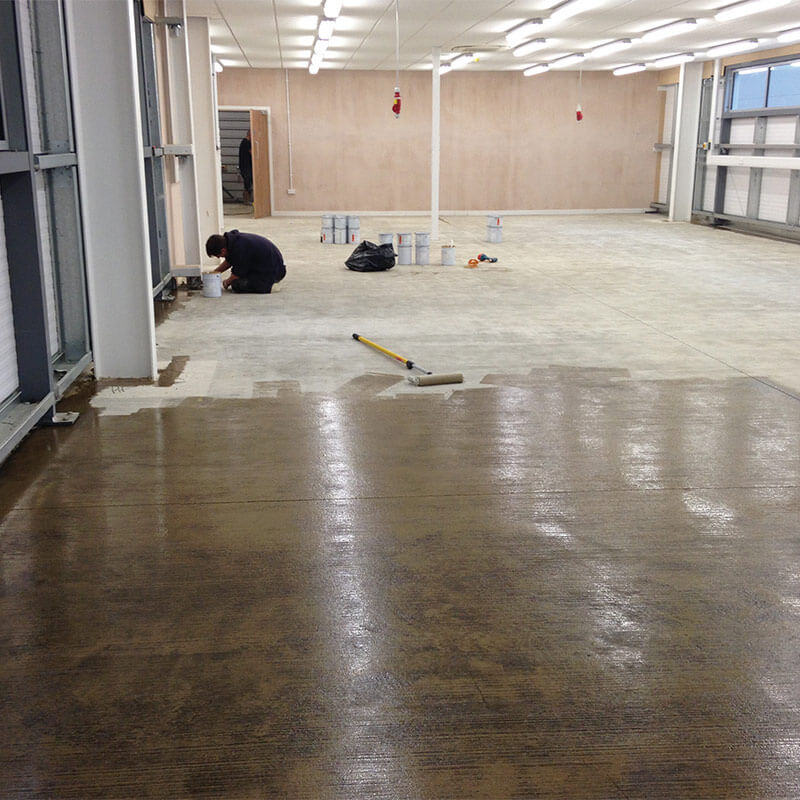
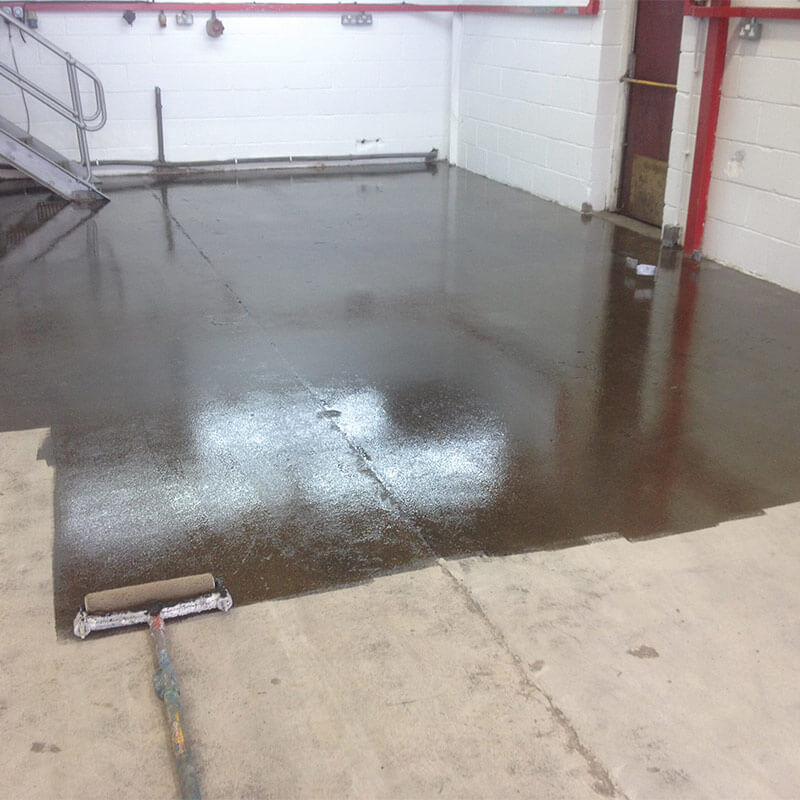

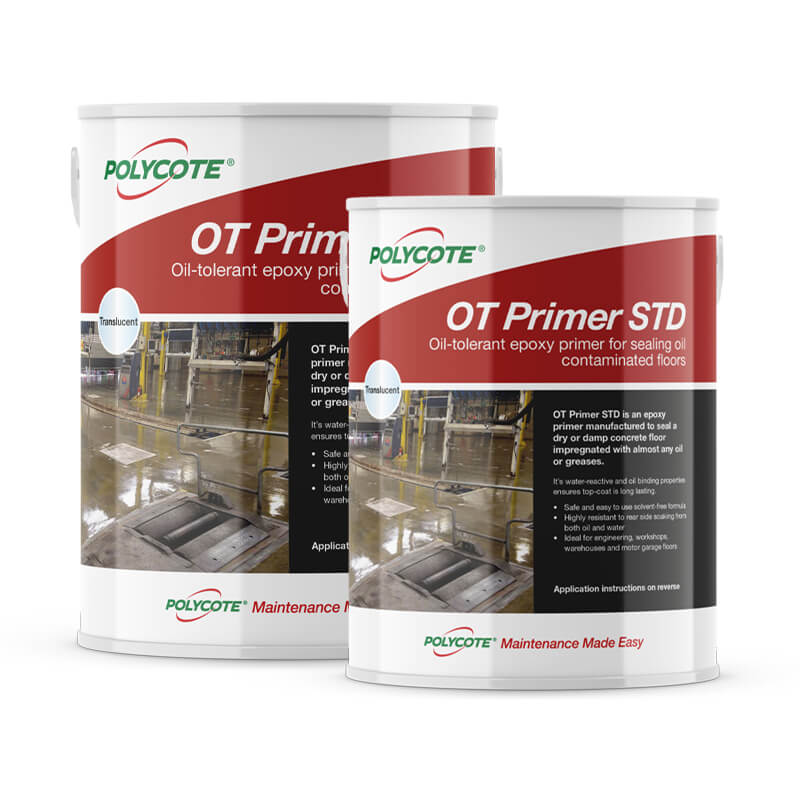
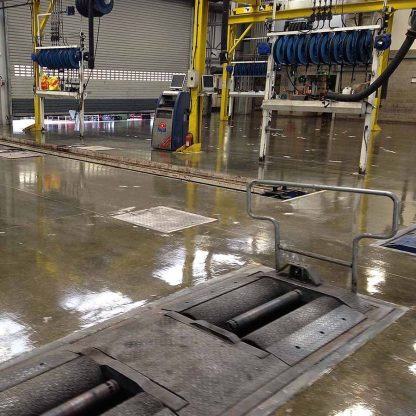
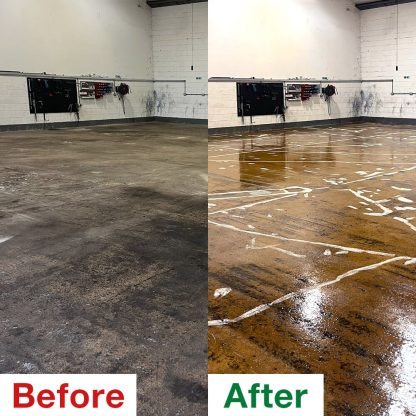
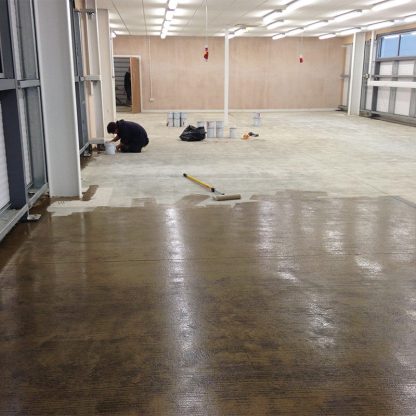

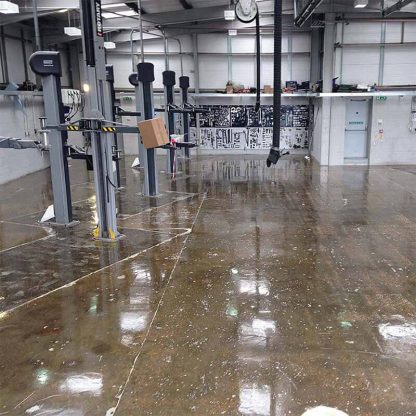
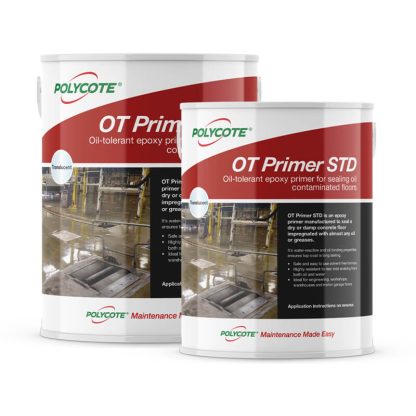

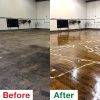
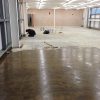
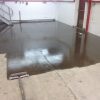

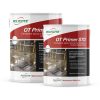

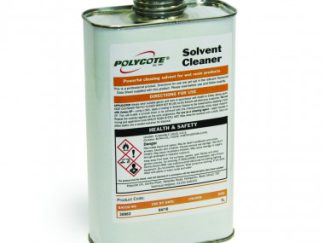


 Technical Data Sheet
Technical Data Sheet 
